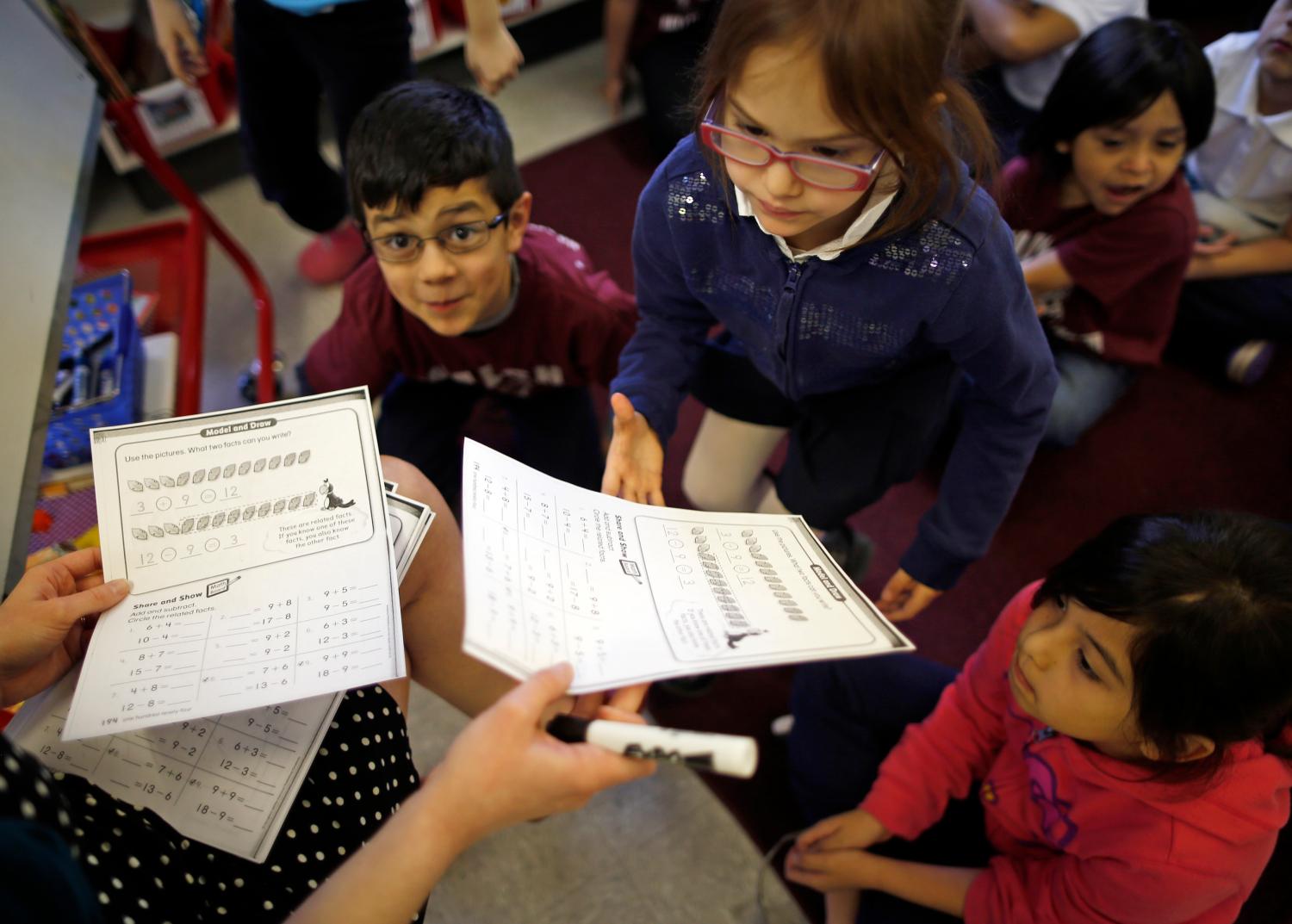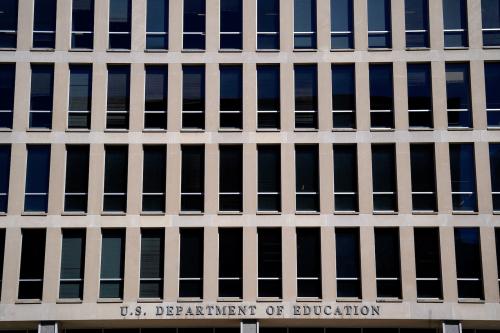This post originally appeared on U.S. News and World Report’s
Knowledge Bank
blog.
Last week, the Senate passed the Every Student Succeeds Act (ESSA), the current reauthorization of the fifty-year old Elementary and Secondary Education Act (ESEA). In light of the extraordinary bipartisan support for the bill in both legislative chambers, many education organizations have piled on in a celebration of the achievement and the end of the era of the widely unpopular No Child Left Behind (NCLB) Act. Ironically, even Secretary Duncan, the person the bill is supposedly intended to repudiate, has joined in the jubilee.
But before the NCLB going away party ends, this is a good time to look at the research evidence to see whether or not NCLB was such a bad thing for students in America’s public schools. Now with over a decade of mature NCLB implementation, many studies have had the chance to retrospectively examine what NCLB has produced. Prior studies tend to be clumped into two categories: 1) those that evaluate whether NCLB was successful in actually improving learning and reducing achievement gaps; and 2) those that examine unintended consequences of the law (or more accurately, state policies put into place in response to the law). Let’s take a look at both.
Did NCLB work?
In summarizing the first category of evidence—on whether NCLB is successful—virtually all rigorous studies I know of show at least a neutral effect on learning or more commonly, in many grades and subjects, significantly positive gains for students overall. This is true of studies looking at national data from the nation’s report card (the NAEP), as well as data from big states like Florida and Texas.
The issue of reductions in achievement gaps is a separate issue, and I’d characterize this as slightly more mixed—some find improvements while others point to greater student segregation (a trend now decades long) undermining real opportunities for improvement. I don’t know of any study that shows evidence of gaps being universally worse as a result.
Most of these evaluation studies rely on accountability-induced variations in pressure to perform, and therefore should be interpreted as pointing to accountability as the primary mechanism for gains under NCLB. And notably, though testing and reporting will continue in ESEA’s next incarnation, accountability falls to the states.
A separate piece of evidence is the long-term trend (LTT) results of the NAEP (2012 is the most recent year for which the LTT report is available), which shows broad improvements in performance for most grades and subjects and reductions in achievement gaps. The long-term trends are large enough that they should still remain significant in 2014 in spite of the slight drop in 2014. The 1999 LTT report (the only LTT report pre-dating NCLB enactment) was not nearly as rosy on these counts. Though NAEP trends alone cannot definitively point to NCLB as the cause for these gains, student learning has been moving in the right direction in the NCLB era.
What else did it do?
The second category of research on unintended consequences is a grab bag of studies looking at a variety of outcomes for students and teachers. Many of these studies demonstrate evidence of ill effects that all would agree we should keep out of public schools. Some of these are effects that in fact, end up leaving some kids behind (for example, through triaging, suspending, or over-using unaccountable special education categories among the lowest performing—and often most disadvantaged—kids). Other adverse responses include kids gaining weight because of less time in PE, schools “strategically staffing” less effective teachers to non-tested grades and subjects, and outright cheating among some teachers.
A recurring question in this body of research is whether the adverse responses from gaming the system have fully undermined the law’s intent. On this issue, the evidence also points to real changes in practice, which substantiate the improvements as real gains in learning, at least in part. Though these real gains fall short of the aspirations in the law’s name, they appear to be authentic.
Of course, there are also several NCLB-linked practices that have grown increasingly unpopular with either educators or parents (or both), including the widespread adoption of the common core, a trend towards more focused teacher evaluation, more prevalent standardized testing, and an uptick in school turnaround strategies that don’t seem to yield much. Though politically unpopular, the common core looks to have helped students in the early adopter state of Kentucky. And it’s not clear testing in the U.S. is all that insidious. We’ve also seen some promising evidence about teacher evaluation helping to improve the quality of instruction and the workforce overall. And turnaround is, by design, the strategies schools pursue when nothing else has worked; so it should not be a big surprise that success rates are underwhelming, but some rigorous evidence on the topic suggests it’s making a difference in some, but not all, schools.
Goodbye to NCLB
It’s also worth noting that there’s a misattribution problem at play here: some of these unintended consequences (like increased testing) are state and local responses to the federal law, not direct mandates of the law. And so, in our zeal to end these unpopular (though misattributed) trends, ESSA ends up handing oversight authority back to the governments that the original ESEA sought to regulate and are at least partially culpable for the current problems blamed on the feds.
In light of all of this varied evidence on NCLB, I understand and see the need to fix the elements of the law that haven’t been working. But given the weight of the overall improvements in learning tied to NCLB and accountability, I’m a little puzzled why lawmakers chose to end, rather than mend, NCLB.
The Brookings Institution is committed to quality, independence, and impact.
We are supported by a diverse array of funders. In line with our values and policies, each Brookings publication represents the sole views of its author(s).





